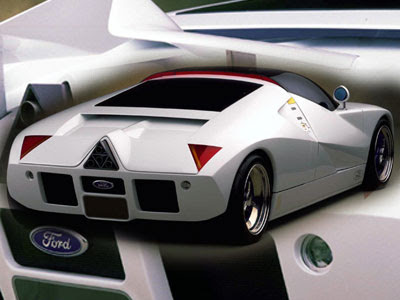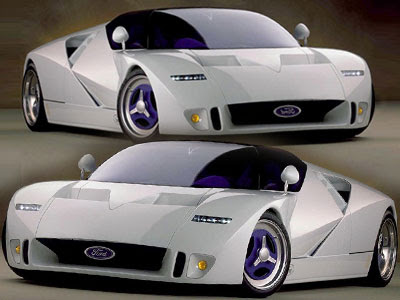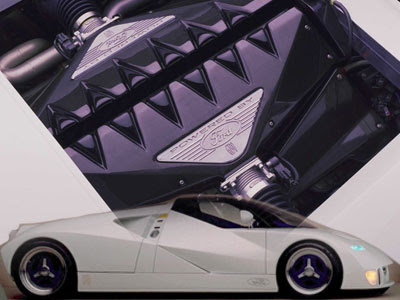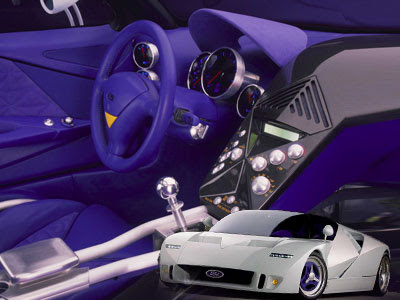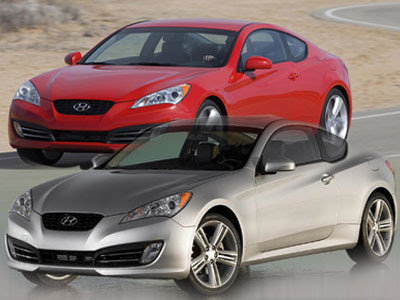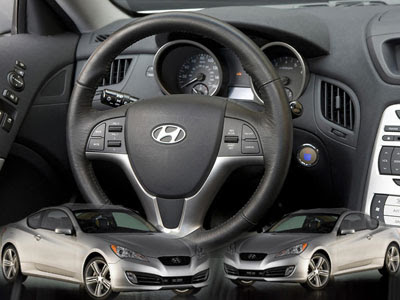While you have to be different to want to modify a car, there are varying levels of "uniqueness" that each person brings to the scene. I mean, it's not the act of a cold, calculatingly logical person to invest tens of thousands of dollars into a means of transport, making it more expensive to run and making it far more uncomfortable and too powerful to drive on the street.
Theo and George Spartalis are not ordinary, and their cars are certainly far from average, often seamlessly integrating show quality build finish to hardcore race-style performance engineering. Both of these very special brothers shine on like crazy diamonds in the coalface that is the tuning scene and this wild S15 is Theo's opus, his toy, his pride and joy. Rather than keeping it placid with big rims, dumped stance, some styling efforts and around 250kW at the wheels, the Spartalis brothers took their inspiration from the most hardcore drag and circuit racing Silvias in Japan.
Theo made a pilgrimage to Japan a few years back, where the sight of the HKS Kyushu S15 running 10.4 on drag radials and using an SR20 pulled the strings in his mind, while it was witnessing the GT300-class C-West S15 JGTC racers (now Super GT) that stamped those formative lustful ideas and dreams into a cold, hard, wanton desire to build his own SR20DET-powered S15, something that could run a number at the drags or blast an enthralling lap out at a local circuit.

To achieve this, he scored himself a 2001-vintage Spec R S15 Silvia import and set about building a car that bridged JGTC circuit influence with some drag racing hardware and a pinch of road car smarts. At first, having spent well over $120,000 and three months in construction, it was a capable all rounder with over 400kW at the treads from its highly engineered SR20 (without nitrous), though it soon copped evolutionary upgrades to assist in its chase for a time slip and the world record for fastest SR20 on radial tyres.
At the start of the original build, Theo wanted the car to blend JGTC and drag styles into a road car and then take it from track to strip to street. However, his desire to run a fast time overcame the short-term circuit aspirations and any shred of road usage for the car, and so it slowly turned more into a strip-focused monster, though Theo reckons it can be re-tuned to smash lap records fairly easily and cheaply.
Before this latest round of modifications to really push it into drag car territory to run a number that Theo would be happy with, it had run a best time of 10.24@138mph on radials and 9.23@148.5mph on slicks, though these passes had been plagued with the kind of teething problems associated with massive feats of engineering like what this car packs. They had suffered all kinds of set-backs, from faulty battery charge warning lights, to shearing billet driveshafts, to a programming glitch on the MoTeC accidentally advancing the timing to nearly 27degrees (which would be enough to kill any normal motor)!
The whole build was excruciatingly difficult as the detail had to be off the clock. It had to be supremely well engineered, but finished to a standard that wouldn't be out of place on a brand new supercar or works-built factory racer. Still, running that first nine second pass made it all worthwhile for Theo, and he's rightfully proud of the advanced workmanship that is packed into the fatter-than-a-sumo two-door, the highlights of which are the seamlessly integrated C West GT widebody, the seam-welded chassis, the R32 Skyline GT-R rear-end, the carbon brakes from the USA and that ludicrously large T51R turbo.

Actually, that monster S13-generation SR20DET (used for simplicity's sake) is one area that has copped plenty of revision and updates over the tenure of the S15's life though most of that work has focused on attaining reliability rather than going for sky high dyno figures. The way the car gets out of the hole (off the line) and how strong it is in the mid-track has more to do with Theo's desire to run an ace time than outright grunt ever will (though that would net him a sweet mph figure).
The first thing most people spot in the engine bay is that monster HKS T51R KAI turbo, the snail pumps 30psi worth of boost into the now-2.2-litre SR20, though that's managed by the HKS 50mm external wastegate, TAL blow-off valve and Blitz Dual SBC boost controller. You can't run such a large huffer without the appropriate preparation being done to the bottom end, and on the GT Autosound S15 there's enough hi-po hardware in there to make a Silvia junkie drool with excitement.
In the block lies a Tomei stroker crank that has bumped capacity up to 2.2-litres and can spin far harder than the Nissan effort, while Power Enterprise bearings now handle the rpm, heat and stress from the manic motor, being able to turn to over 11,000rpm! While shopping at Tomei, Theo picked up a quartet of their matching 2.2-litre con rods to suit the motor as well as a set of oversize 87.5mm pistons that were then also Nikasil coated for extra strength and installed with unbelievably exotic titanium piston rings that are both lightweight and strong. There's also a Trust sump and oil cooler to ensure the motor's longevity.
Having experimented with both standard and heavily modified heads, Theo has settled on this expensive, labour-intensive set-up that is reportedly worth around $12,000 and packs exotic, intricate detailing like CNC porting, JUN billet plenum, Tomei valve springs and Manley titanium and aluminium valves. On the front of the motor, there is a Nissan VQ45 V8 throttle body and Tomei cam gears, while ARP head studs have been fitted to stop the top-end lifting off the long motor when that massive T51R gets a'spoolin'.
With the switch to methanol, the Sard 1000cc injectors currently doing duty will be joined by a second set. Theo had been running American-made Rochester units, but found them to be less than reliable on such a monstrously worked motor, something that can spell disaster and tens of thousands of dollars down the drain if it all goes wrong.

There's also twin SX fuel pumps that basically shower the 2.2-litre four-cylinder with C16 race fuel and twin VL Turbo fuel pumps for the nitrous system. Up the front, a custom radiator and cooling system reduce weight and handle the increased pressures in the system, while the whole exhaust was also custom made from scratch to suit Theo's exact specifications. Ignition is handled by twin MoTeC CDI ignitors as well as high-rate MSD coils and leads, ensuring massive amounts of spark get to those plugs and burn the huge amounts of fuel flowing into each combustion chamber, something that will be even more important with the switch to methanol as it takes double the amount of alcohol to provide the same amount of propulsion as conventional petrol.
Helping keep the detonation at bay is the Trust front-mount air-to-air 150mm-thick drag-spec intercooler. This unit sacrifices ultimate long-distance cooling efficiency for almost no pressure drop at all across the massive core, something that Theo's able to cope with seeing how the car's really only running at full-tilt for a maximum of 10.24 seconds at a time.
All that work adds up to 490 rear-wheel kilowatts without nitrous through the auto gearbox (and well over 500 with a manual), but has seen as high as 600kW at the wheels on the bottle, though this was running a very conservative 18deg of timing. Some of the reasons Theo wants to change the to methanol is because alcohol will burn much cleaner than C16 race fuel, run the motor at a much cooler temperature and allow almost 35 degrees of timing, which should add around 200hp to the car's prodigious total!
 Bugatti Veyron First Look
Bugatti Veyron First Look Bugatti Veyron Swing Door
Bugatti Veyron Swing Door New 2010 Bugatti Veyron Interriors
New 2010 Bugatti Veyron Interriors New 2010 Bugatti Veyron to Feature the W16 Engine and 4 Turbochargers
New 2010 Bugatti Veyron to Feature the W16 Engine and 4 Turbochargers
















